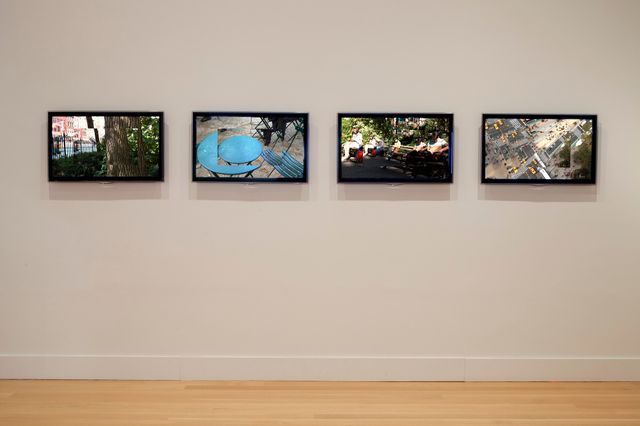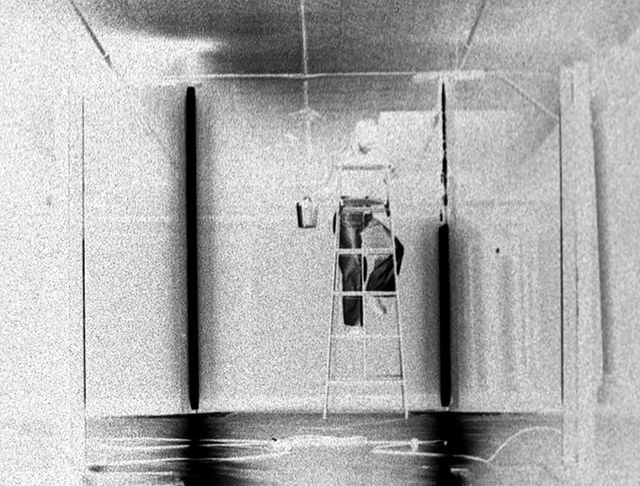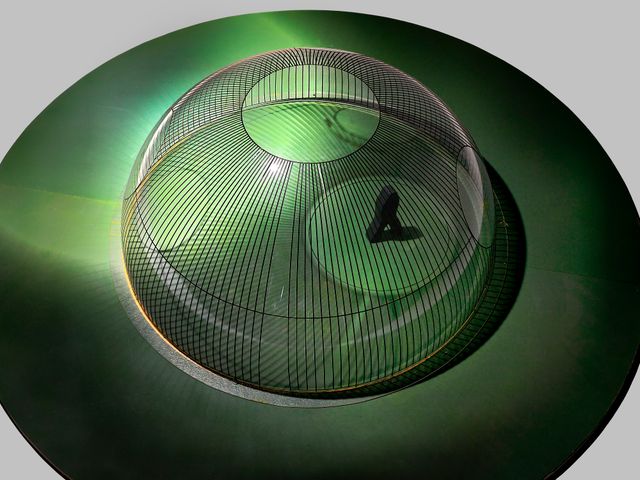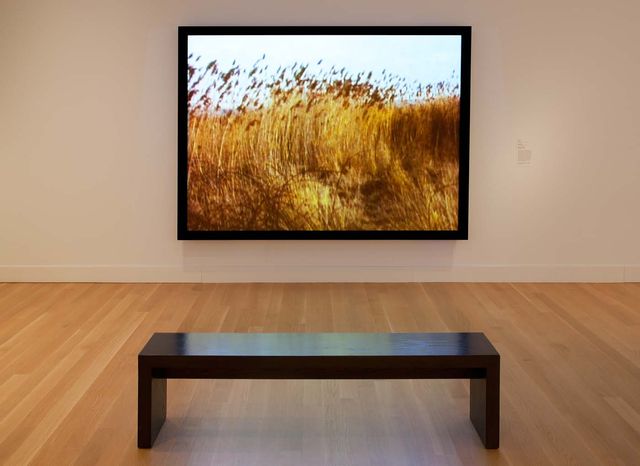Watch This! New Directions in the Art of the Moving Image (2.0)

Nancy Holt, Robert Smithson, Swamp, 1971, 6 minutes, color, sound
The Smithsonian American Art Museum has assembled a collection of video and time-based artwork that examines the history as well as latest developments in the art of the moving image. A permanent collection gallery dedicated to media arts, located on the museum’s third floor, extends the range of contemporary art on display and allows for the presentation of the full range of media art practices. A goal of these installations is to recognize the importance of the moving image in the history of twentieth-century art.
Description
This installation of Watch This! New Directions in the Art of the Moving Image, the second in the series, features artworks that have transformed video into a contemporary art practice. Single-channel videotapes are presented alongside files that have been transferred to digital formats and are projected in the gallery. Pioneering video art and key examples of American avant-garde cinema are represented, as well as recent digital media installations. These artworks illustrate the multiple media technologies that artists have engaged with since the 1960s.
The eight featured artworks are: Peter Campus, Barn at North Fork (2010) and Three Transitions(1973); Ernie Gehr, Surveillance (2010); David Haxton, Painting Room Lights (1980); Nancy Holt and Robert Smithson, Swamp (1971); Joan Jonas, Vertical Roll (1972); Bruce Nauman, Slow Angle Walk (Beckett Walk) (1968); and Steina Vasulka and Woody Vasulka, Reminiscence from Selected Works I (1974). John G. Hanhardt, senior curator of film and media arts, selected the works. All of the featured artworks were acquired recently for the museum’s permanent collection.
Dedicating a permanent collection gallery to time-based art is an important aspect of the media arts initiative at the museum, which includes acquisitions, exhibitions, educational programs, and archival research resources related to film, video, and the media arts.
Visiting Information
Credit
The James F. Dicke Family Endowment generously supported Watch This! New Directions in the Art of the Moving Image.




















